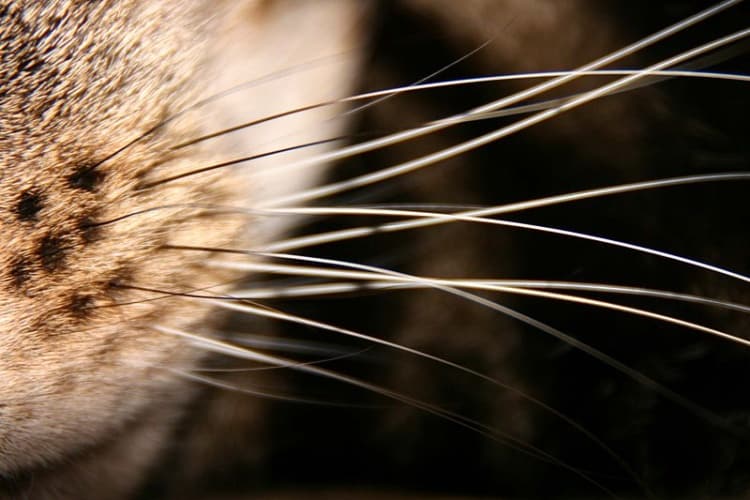
The results, published in the journal Bioinspiration and Biomimetics, describe the array as consisting of five superelastic wires made from nitinol, an alloy of nickel and titanium.
Each wire is covered with a plastic straw, making the whiskers about 15 cm long and 3 mm wide. Strain gauges attached at the base measure movement in each whisker, and these signals are used to build up an image of the fluid flow past the array.
“When it is dark, whiskers play a key role for animals in exploring, hunting or even just living underground” says electrical engineer Cagdas Tuna, a lead author on the paper.
“For example, seals can catch fish in the dark by following the hydrodynamic wake using their whiskers.”
According to the research team, the array could work as either an alternative or complimentary technology to existing systems for navigating, tracking and detection in dark conditions. Plans to miniaturise the technology could see wider adoption, says Tuna, with potential medical uses.
“This may even find use in biomedical applications, such as cardiac surgery” he says.
“A thin-whiskered catheter tip could be used during surgery to track the relative position inside the heart, potentially reducing the risk of injury, or atrial fibrillation.”











Deep Heat: The new technologies taking geothermal energy to the next level
No. Not in the UK. The one location in the UK, with the prospect of delivering heat at around 150°C and a thermal-to-electrical efficiency of 10-12%,...